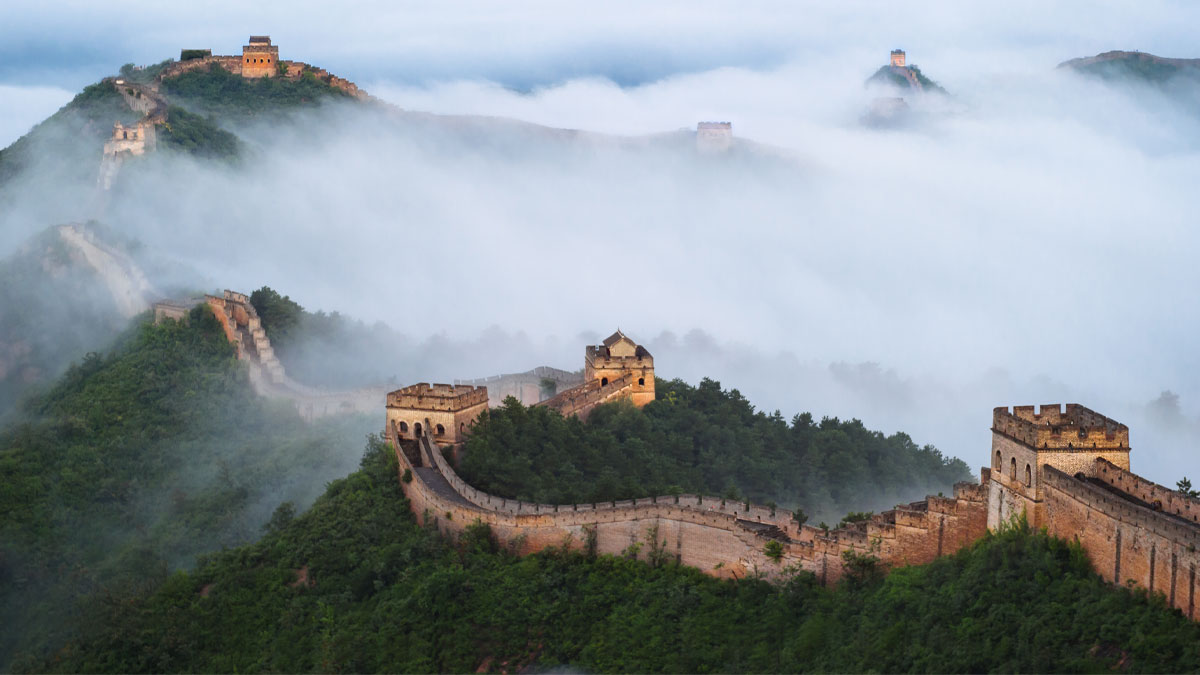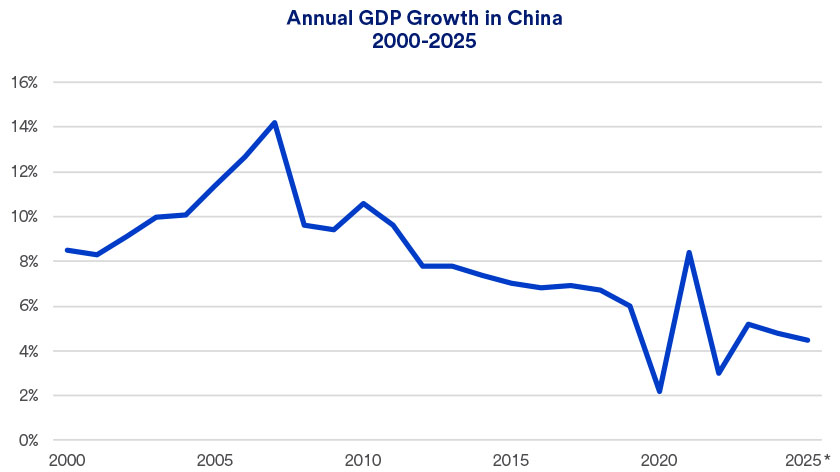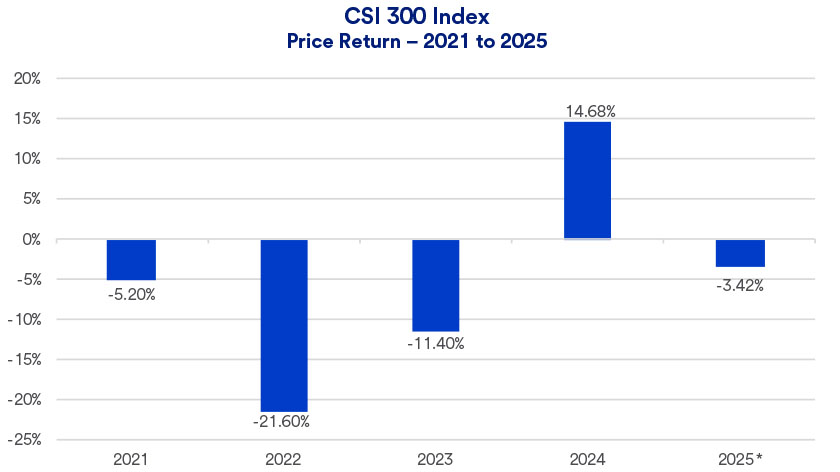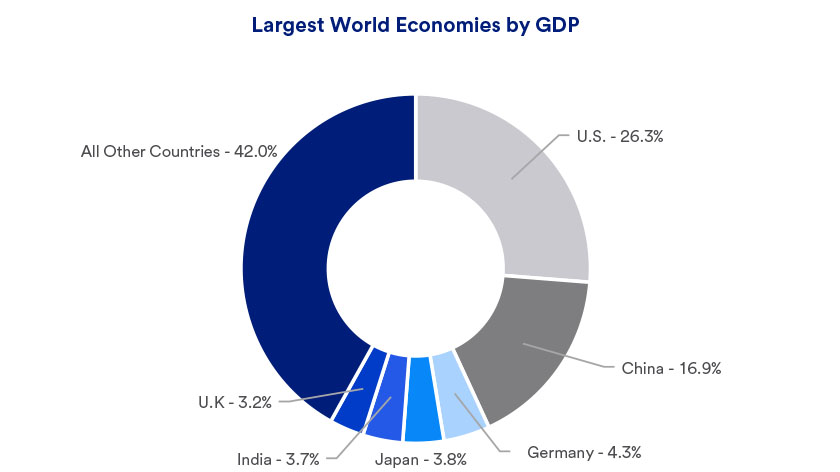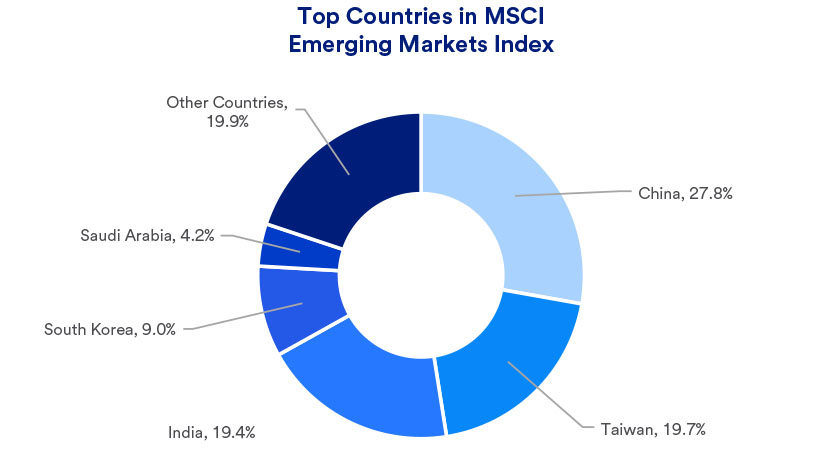In 2024, the MSCI Emerging Markets Index generated a total return of 7.50%, outpacing the MSCI EAFE developed markets index, but significantly underperforming U.S. markets.4 By comparison, the S&P 500 earned a 25.02% total return.5 This continues a trend from recent years of emerging market underperformance.
“The growth story in emerging markets is not cohesive,” says Haworth. “Recently, we’ve seen strength out of commodity-producing countries such as Brazil and Mexico, boosted by higher oil prices. Exporting countries like China aren’t faring as well.” Haworth notes a recent dollar rally also contributed to emerging market performance weakness, as a stronger dollar detracts from net U.S. investor returns on foreign investments.
Investing in international stocks
International stocks can contribute to a well-diversified portfolio. “We believe global stocks represent a reasonable opportunity, as they offer more attractive valuations than U.S. stocks,” says Haworth.
Haworth says an emerging market index, where Chinese stocks play a prominent role, may be an effective way to incorporate into your portfolio a position in China’s market.
Any changes to your investment strategy should be consistent with your goals, time horizon and risk appetite. Talk with your U.S. Bank wealth professional to review your current financial plan and determine whether there is an opportunity to incorporate emerging market stocks – with exposure to China – into your broader, well-diversified portfolio.
Note: The MSCI Emerging Markets Index captures large and mid-cap equity performance across twenty-four emerging market countries. Investing in emerging markets may involve greater risks than investing in more developed countries. In addition, concentration of investments in a single region may result in greater volatility. International investing involves special risks, including foreign taxation, currency risks, risks associated with possible differences in financial standards and other risks associated with future political and economic developments.


